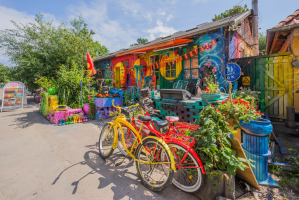Top 17 Best Liquors from Around the World
Lots of people go on wine tours, traveling the world to sample the many different wines on offer. Even craft beers have their own form of tourism, yet few ... read more...travel to taste alcohol around the world. While it is true that, unlike many craft beers or wines, the most famous spirits can be found across the globe. Let's find out the top of the best liquors from around the world with Toplist in this article.
-
A strong alcoholic beverage made from apples is called applejack. The beverage was common throughout the American colonial era but fell out of favor as other spirits gained ground on it in the 19th and 20th centuries. Several cocktails, including the Jack Rose, contain applejack. It is a specific kind of fruit brandy. The traditional method of making the beverage, known as "jacking," involves freezing fermented cider and then removing the ice to increase the alcohol concentration.
American colonists discovered how to "jack" their homemade hard apple cider in the 17th century, which is the process of letting the liquid freeze outside and then separating it from the ice. The end product, known as "applejack," was essentially an apple brandy that was sweeter and less polished than French calvados. William Laird of New Jersey started making his own applejack in 1698, and after it became popular (George Washington even requested the recipe), Laird & Company went on to become the country's first legally recognized commercial distillery. Despite modifying its methods, the company is still operating today.
Origin: America
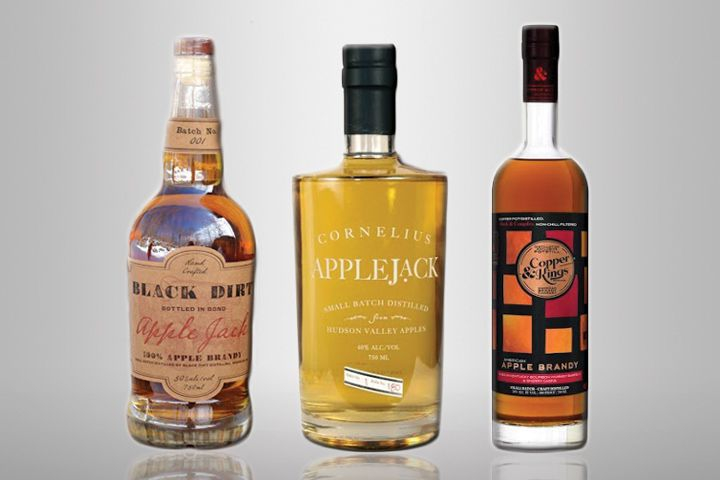
Liquor.com 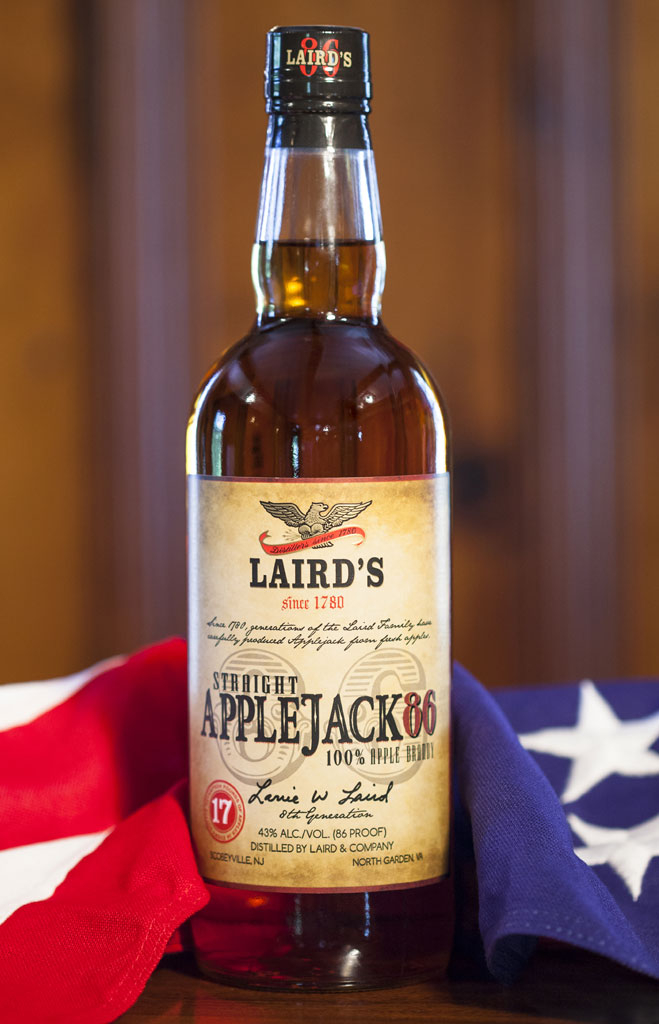
Laird's Applejack -
A colorless Chinese alcoholic beverage with an average alcohol content of between 35% and 60% is called baijiu, sometimes known as shaojiu. Although different grains may be utilized, baijiu is typically distilled from fermented sorghum. However, other Chinese variants may use wheat, barley, or millet. Some southeastern Chinese styles may use glutinous rice.
The beverage derives its earthy flavor from being fermented in mud pits and aged in earthenware vessels. This, mixed with the fiery sensation due to its high alcohol content (upward of 50%), makes the beverage unpalatable to many Westerners, while Korean soju and Japanese sake have translated well across markets. Baijiu can also be made with rice and other grains. According to Derek Sandhaus, the author of Baijiu: The Essential Guide to Chinese Spirits (2014), the name baijiu doesn’t refer to a particular alcohol but rather any grain-based alcohol produced with traditional Chinese techniques. Sandhaus is a big proponent of getting Westerners to enjoy this harsh alcohol, but he himself had to consume more than 50 shots of baijiu to learn to enjoy the flavor.
Due to its clarity, baijiu can resemble a number of other East Asian alcoholic beverages, such as Japanese shōchū (25%) or Korean soju (20–45%), despite frequently having a higher alcohol content.
Origin: China
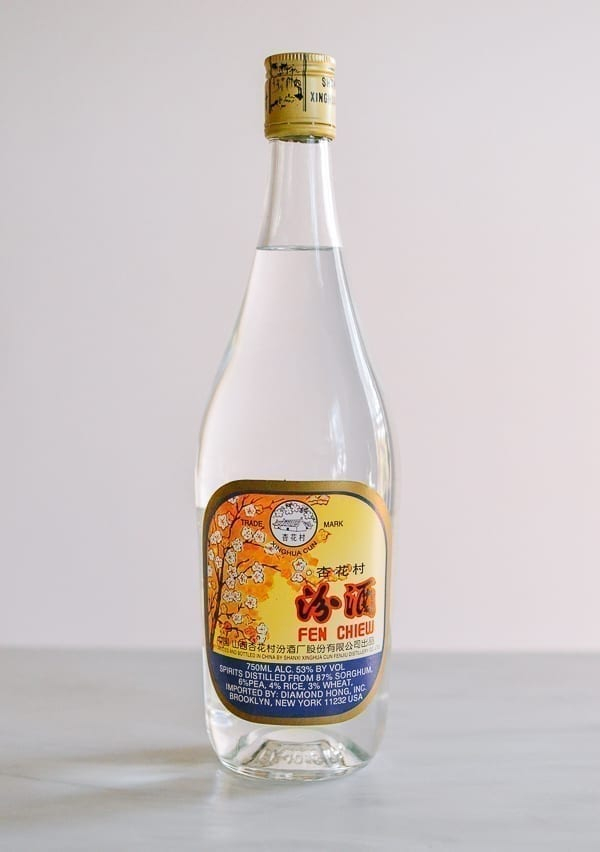
The Woks of Life 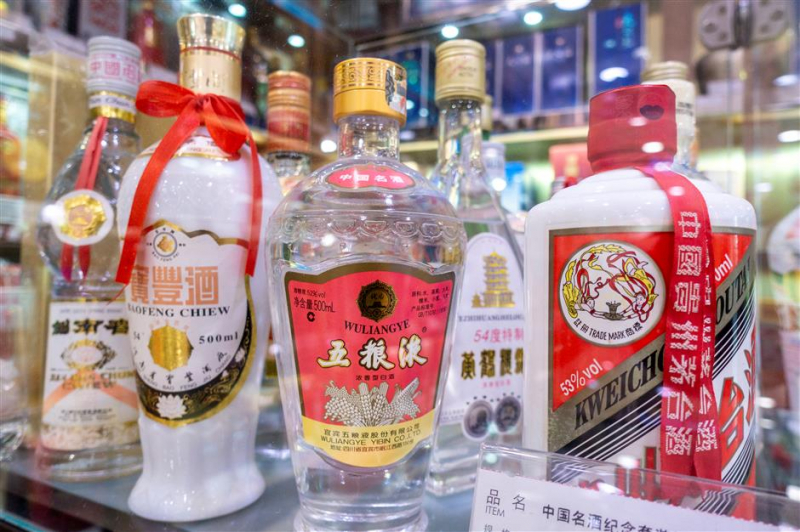
Shanghai Daily -
Any type of agave can be used to make mezcal, which is also written mescal. The Nahuatl term Mexicali, which means "oven-cooked agave," is where the word mezcal originates. Mezcal is a term that has historically been used to refer to all agave spirits in Mexico, and it is still frequently used today. Mezcal is also regarded as a beverage with an artisanal provenance.
Mezcal has historically been created in various ways throughout Mexico, the most well-known of which is tequila, which is prepared solely from blue agave (Agave tequilana) and is named for a town in the state of Jalisco. The term "mezcal" came to denote the types produced mostly in southern Mexico, especially Oaxaca, and often using traditional (nonindustrial) methods after the mass manufacturing of tequila made it popular around the world. Mezcal distillers slow-roast the agave plant's heart in an underground fire pit, whereas tequila distillers heat it in an oven, giving the finished product a smokey flavor. Artisanal mezcals have recently gained popularity outside of Mexico and even made it into drinks.Origin: Mexico
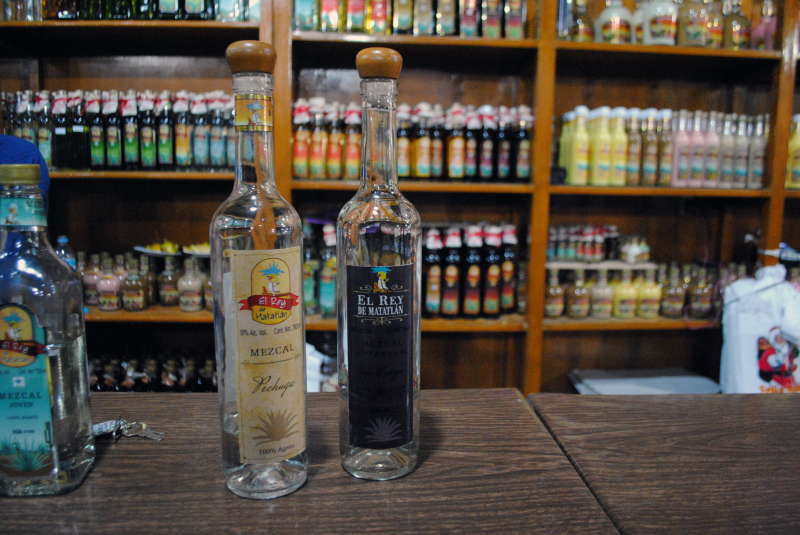
Wikipedia 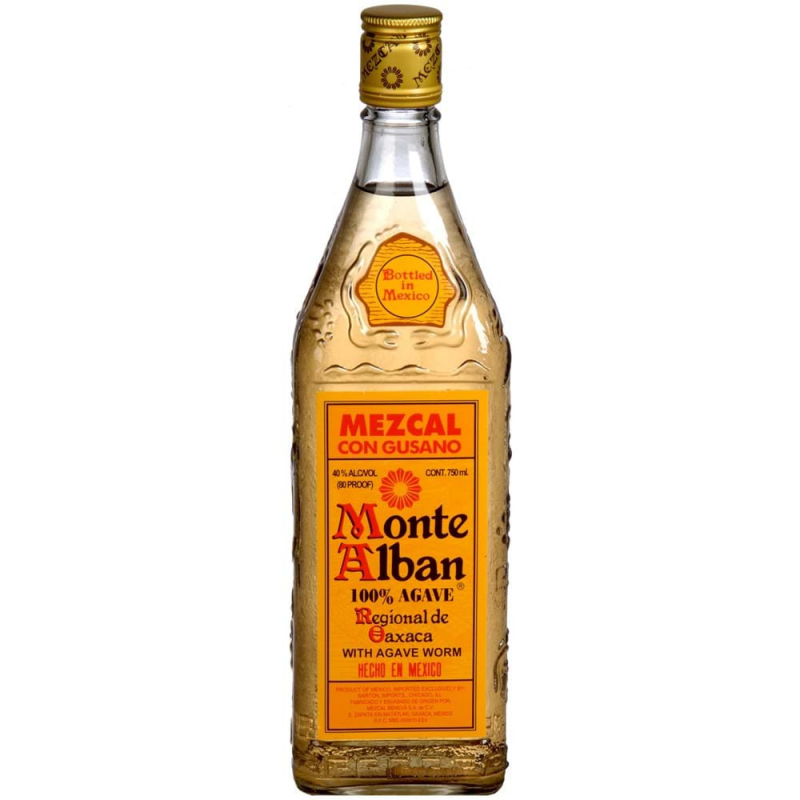
Binny's Beverage Depot -
A distilled spirit, akvavit is mostly manufactured in Scandinavia and has been there since the fifteenth century. A variety of herbs are used to flavor akvavit, which is distilled from grains or potatoes. In Northern Germany, it is also well-liked.
Aquavit, a liqueur from Scandinavia, combines the greatest elements of gin and vodka. It is distilled from fermented potato or grain mash, just like the former, but it is distinguished and assessed by its botanical flavor, similar to gin. Its name is derived from the Latin phrase aqua vitae, which means "water of life." This is a fairly frequent name for alcoholic beverages; whiskey is named after the Celtic word usquebaugh, which is a translation of the Latin term, and eau de vie refers to a clear brandy made by distilling fermented fruit juice. Caraway and cumin are the most widely used flavors that can be added to this unaged liquor.There are other aquavits made with dill, cardamom, aniseed, fennel, or citrus peel. Although Norway and Denmark are also well-known for their versions, Sweden produces the most aquavit. Since Finnish aquavit typically tastes strongly of cinnamon, it is less savory. Most aquavits aren't matured, like gin and vodka, which gives them huge commercial potential in the United States. While aged aquavit is frequently served chilled, some consumers prefer it at room temperature to experience its more complex nuances.
Origin: Scandinavian
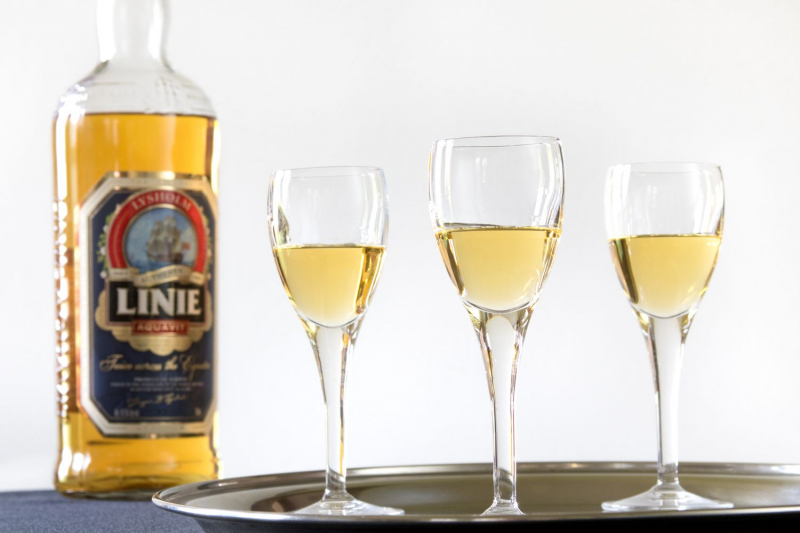
The Spruce Eats 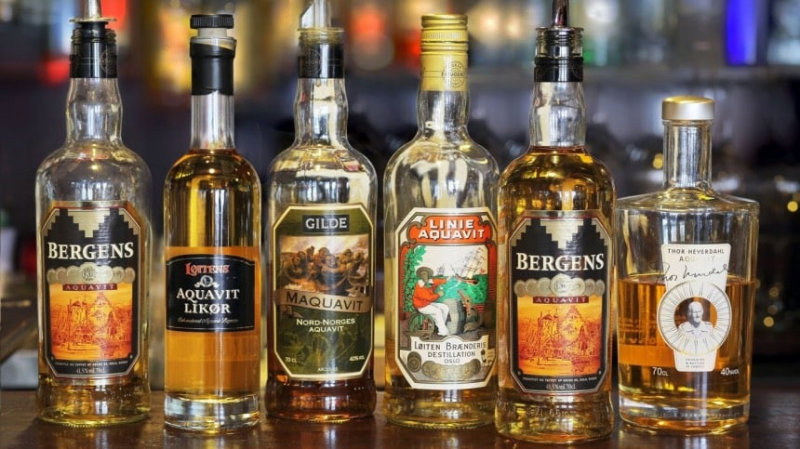
Life in Norway -
Pisco is a brandy made in wine-making regions of Chile and Peru that is either colorless or ranges in color from yellow to amber. It was created by Spanish settlers in the 16th century as an alternative to orujo, a pomace brandy that was being imported from Spain, by distilling fermented grape juice into high-proof alcohol. Its production from abundant domestic fruit and reduction in the number of alcoholic beverages transported to far-flung areas were advantages.
Whether Pisco came from Chile or Peru is a matter of significant debate. Pisco is referred to be the national beverage of both nations. Both Chile and Peru depend on agricultural development for exports. However, this disagreement is motivated by culture and history. Both nations desire to display their sense of national pride and claim ownership of the storied pisco.
Pisco is a brandy manufactured from wine, similar to French cognac. Although certain piscos from Chile are aged in wood like cognac, by law all piscos from Peru must be held in neutral containers made of glass or stainless steel. Pisco from Peru must also only undergo one distillation and cannot be altered by adding water or other ingredients.Origin: Peru and Chile
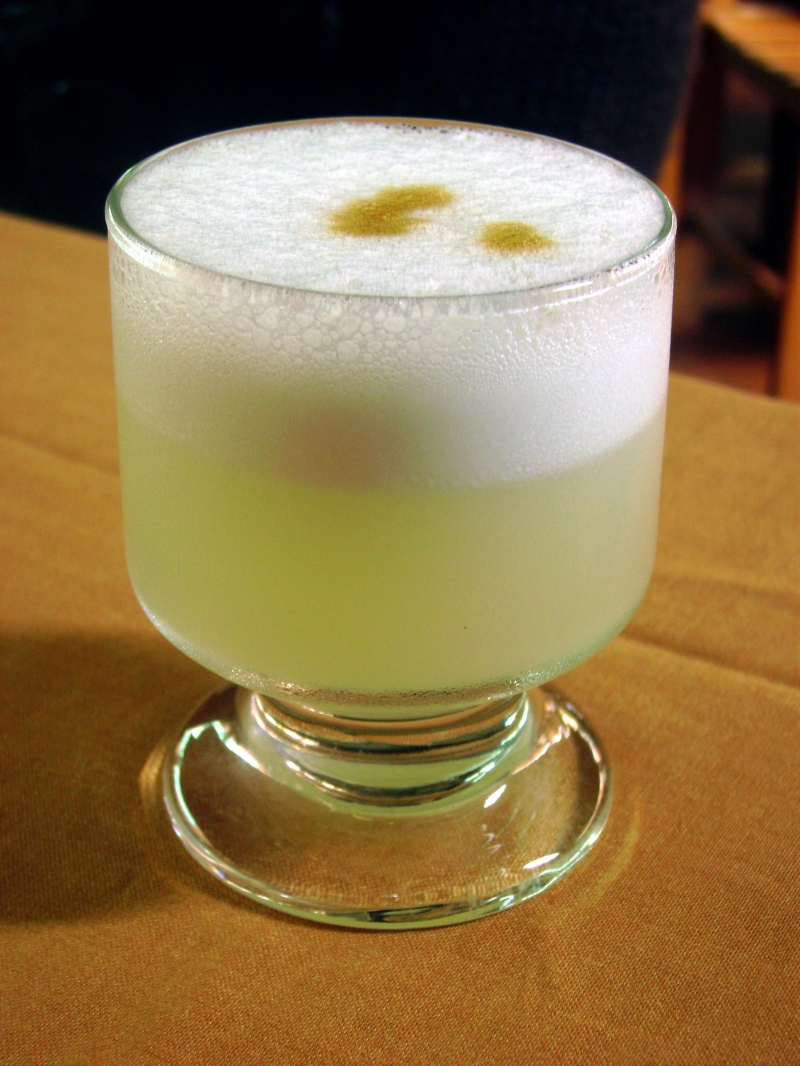
Wikipedia 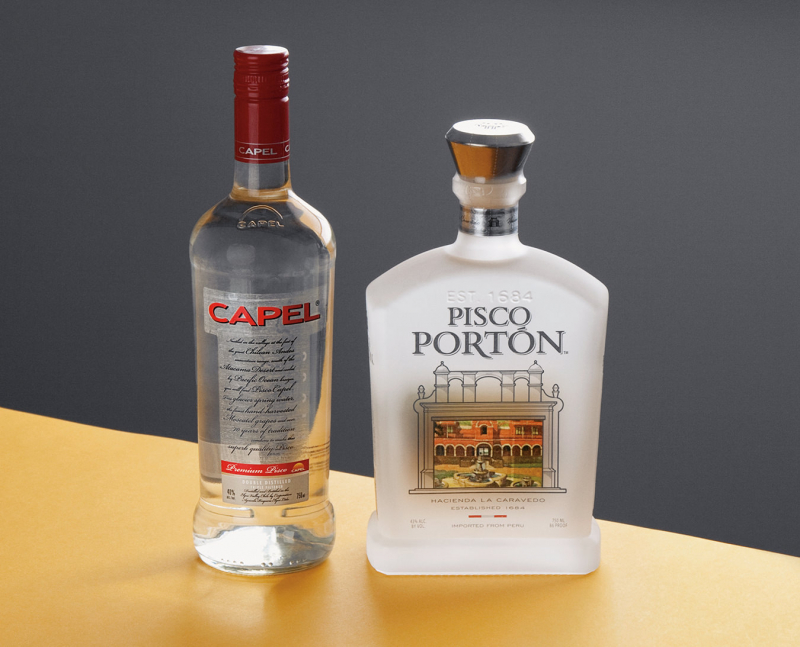
NUVO Magazine -
The mountainous region of southern Poland has a long tradition of making slivovitz. Slivovitz, also referred to as plum alcohol, is a fruit brandy prepared from damson plums (or plum brandy). The only permitted base fruit for distillation is Damson plums. The plums may be briefly squeezed or otherwise disturbed prior to manufacture in order to hasten the fermentation process while preserving their pulverized kernels; yeast, starch, and sugar may be added to the juice. After that, the mixture is left to ferment. Depending on the desired final product or the area of production, there may be one or more stages of distillation. Aging is frequently used to bring out the finer flavors of the distillate.
Its color depends on the container in which it is matured: aged in glass will be clear, while aged in a barrel will have a golden-brown tint akin to whiskey. The plum juices give slivovitz its sweet, fruity scents, but the plum kernels that are added during the fermenting process also give it a bitter, herbaceous flavor. (Amygdalin, the main ingredient in bitter almonds, is found in plum pits.) Making your own plum brandy was a good way to use up extra plums, which were plentiful in eastern Europe. Some slivovitz enthusiasts still believe that handmade slivovitz is the best nowadays.
Origin: Poland
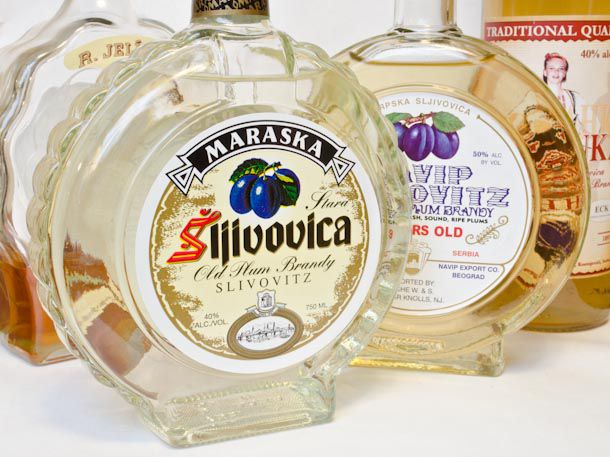
Serious Eats 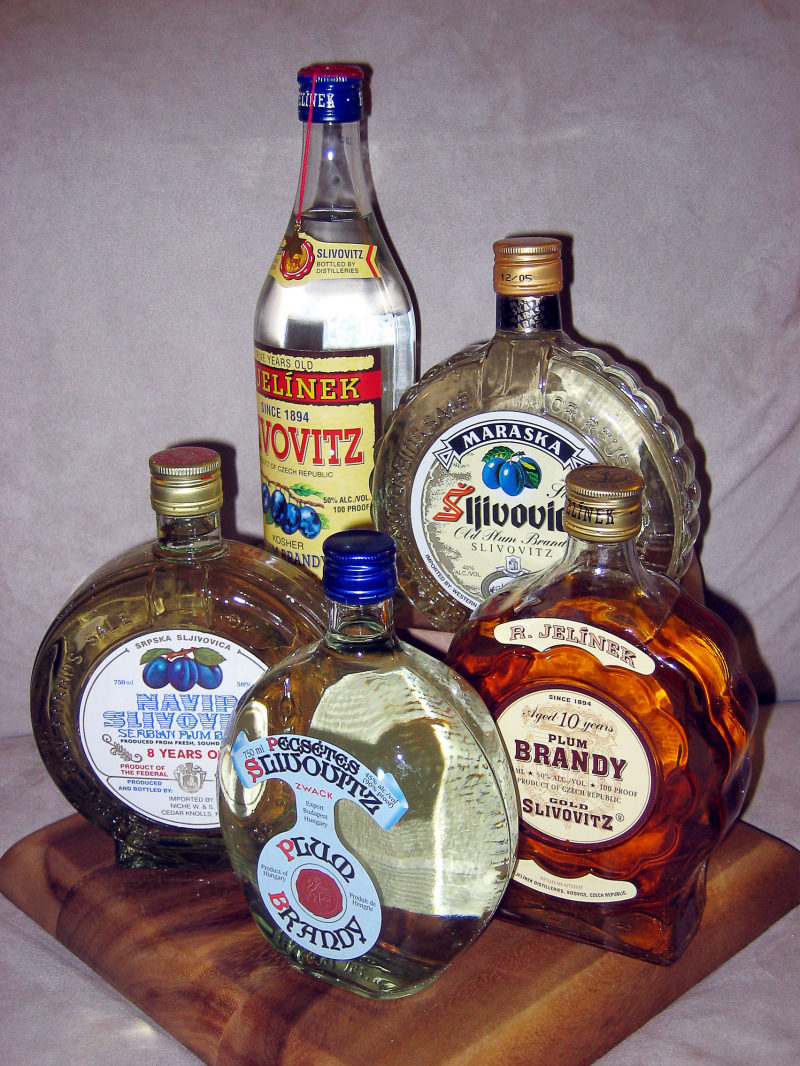
Wikipedia -
The nation with the finest hard alcohol drinkers in the world produces the alcohol with the highest global sales. Unexpectedly, this nation is South Korea, whose rice alcohol soju dominates the global market with annual sales of roughly 90 million cases. Korean distilled alcohol known as soju is clear and colorless. It is typically eaten straight up. Its alcohol by volume (ABV) ranges from roughly 12.9% to 53%, while since 2007 low alcohol soju below 20% has gained popularity.
The majority of soju brands are traditionally made in the Andong region, but soju from other areas or nations is also available. While soju is traditionally made from the grain of rice, wheat, or barley, modern producers replace rice with other starch, such as cassava. Soju often appears similar to several other East Asian liquors while differing in alcohol contents.
It has an inexpensive cost, it sells for around 1,450 won, or slightly over $1, and has moderate alcohol content, which is often around 20%, soju is very popular. Similar to vodka, soju works well in cocktails since it is practically flavorless and odorless. While Jinro is still trying to crack the international market, it is almost too beloved at home: soju consumption has been a problem in South Korea, leading to swarms of over-drinkers landing in prison or passing out on the street overnight.
Origin: South Korea
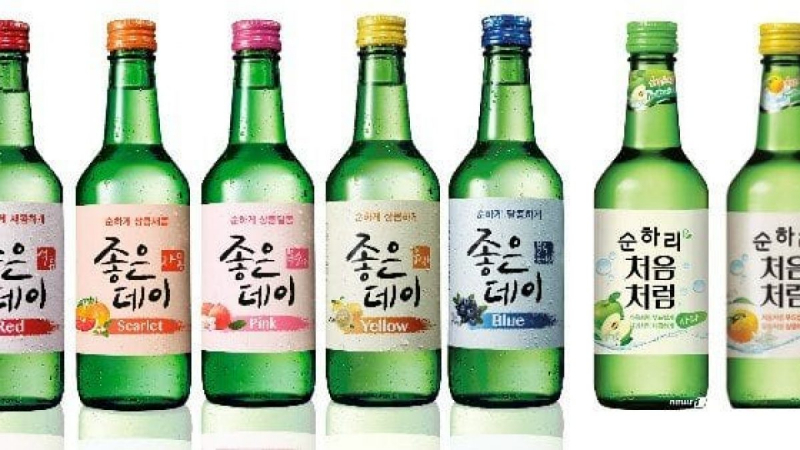
Kworld Now 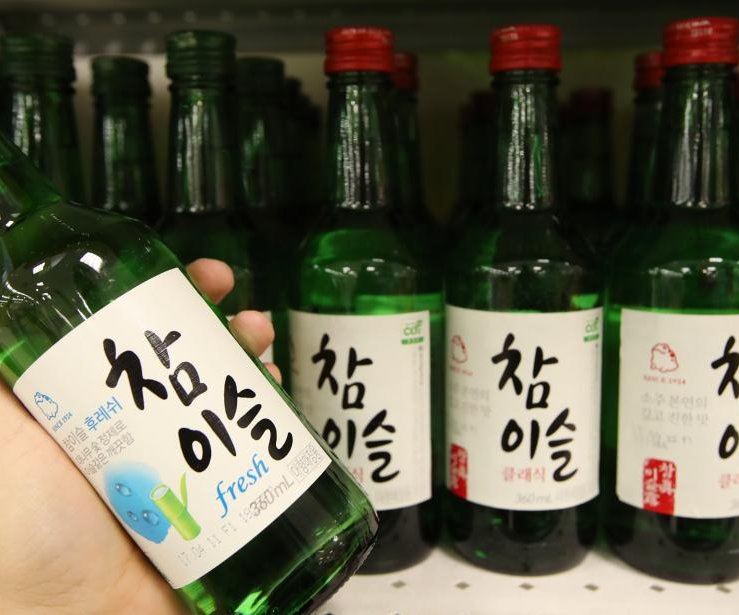
UPI.com -
Brennivín is considered to be Iceland's signature distilled beverage. It is distilled from fermented grain mash and then combined with Iceland's very soft, high-pH water, and flavored only with caraway. A clear, savory, herbal spirit, the taste is often described as having notes of fresh rye bread. It is considered to be a type of aquavit and is bottled at 40% ABV (80 proof). The steeping of herbs in alcohol to create schnapps is a long-held folk tradition in Nordic countries, and Brennivín is still the traditional drink for the mid-winter feast of Þorrablót.
The history of Brennivín is tied to the history of Iceland. In contrast to the colorful French and Italian spirit labels at the time, the government of Iceland demanded a stark black-and-white label for the newly legal spirit. The intention was to be visually unappealing and limit demand. For decades, Brennivín was the drink of choice for Icelanders and became a pop-culture treasure brought home by travelers. In 2014, it was finally legally imported to America. And by then, Brennivín had practically become a symbol of Iceland itself.
Often referred to as Iceland’s version of gin, Brennivín actually means “burning wine”. Brennivín is typically served cold as a shot, with a beer, or as a base for cocktails. It often takes the place of gin in classic cocktails, or of a lighter rum in tropical drinks. It is also the traditional accompaniment to the uniquely Icelandic hákarl, a type of fermented shark meat.
Origin: Iceland
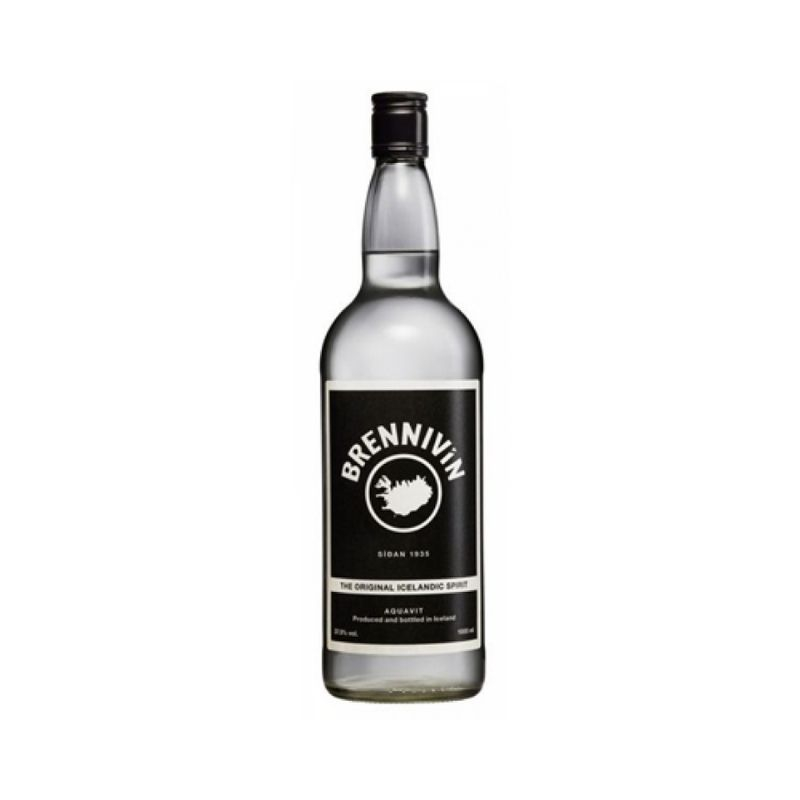
ICELANDIC-PRODUCTS.INFO 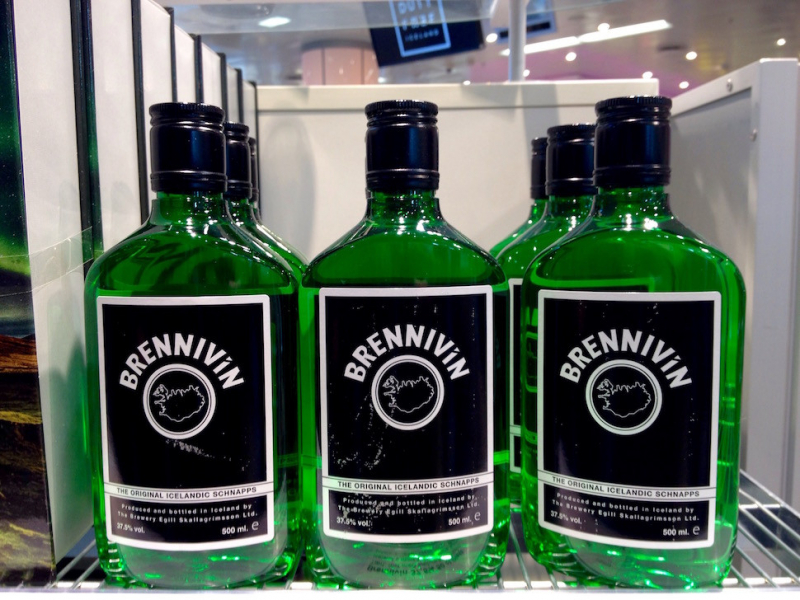
Cartogramme -
Traditional Filipino distilled coconut palm liquor is called lambanóg. It comes from tubâ, which is produced using aged coconut sap that has been fermented for at least 48 hours. It comes from the Visayas Islands and Luzon (where it is known as dalisay de coco). It was also referred to as vino de coco in Spanish during the time of Spanish colonization. Due to its clear to milky white hue and high alcohol concentration, it is additionally frequently referred to as "coconut vodka." It is extremely strong, with an alcohol content that ranges from 80 to 90 proof (40 to 45% abv) after a single distillation and up to 166 proof (83% abv) after a second. Its smoothness has been compared to that of Japanese sake and European schnapps.
Southeast Asia and the Indian Subcontinent are both home to arrack. The sap from coconut blossoms, sugarcane, rice, or fruit is typically used to make this (and so quite different from the anise-flavored Arabic arak). This coconut wine frequently has raisins added to the potent Philippine version.
Origin: Philippines
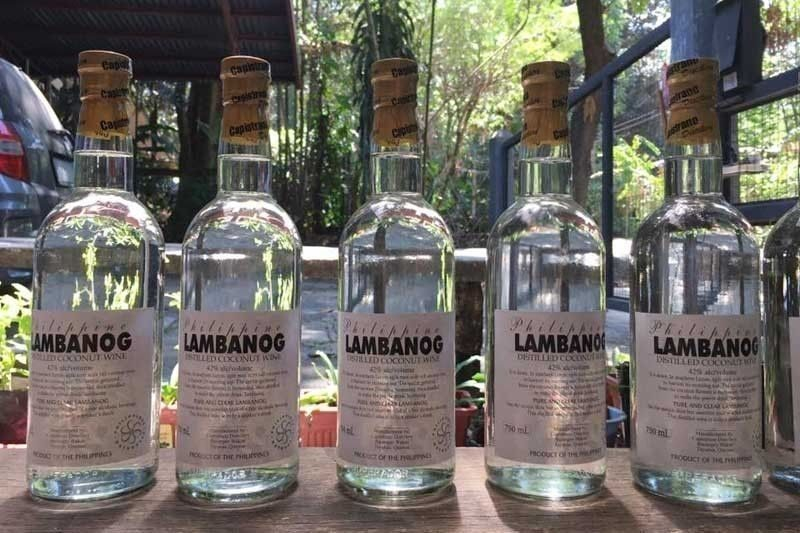
3D Academy 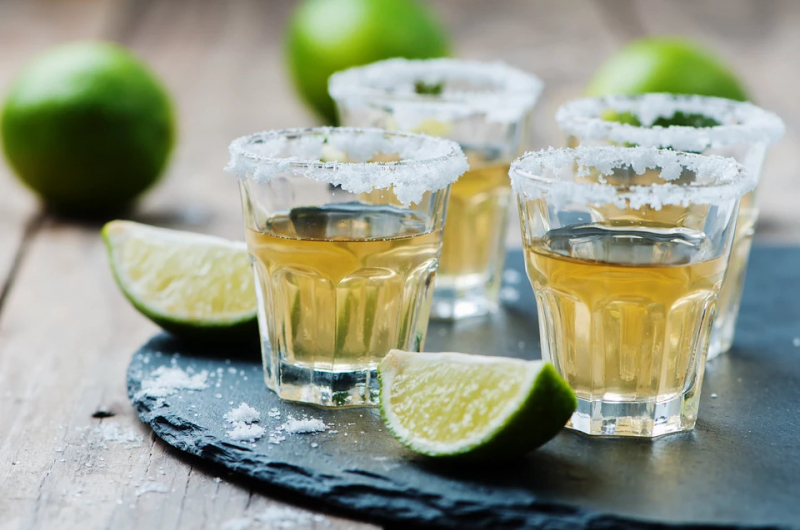
Onet Podróże -
Greece is the major location for this transparent, smooth beverage. In Greece, ouzo is a popular aperitif with a dry anise flavor. It is created using rectified spirits that have been distilled and flavor-infused.
It is typically served as an appetizer (mezedes) before the main course, along with salad, fried zucchini, olives, or shellfish. The first step in making ouzo is distilling rectified spirit with 96% alcohol by volume (ABV) in copper stills. Anise is added, occasionally along with additional flavorings including cinnamon, fennel, cardamom, cloves, mastic, and star anise. The only customary mixtures for ouzo are possibly some water or ice. The licorice-flavored beverage is fairly potent, however, you might not notice it because of the high sugar level.
Due to its high sugar content, ouzo is sometimes said to as a very powerful drink. Because sugar slows down the digestion of ethanol, consumers may believe they can consume more because they do not feel tipsy right away. Then the ethanol's cumulative impact kicks in, and the drinker swiftly becomes intoxicated.
Origin: Greece
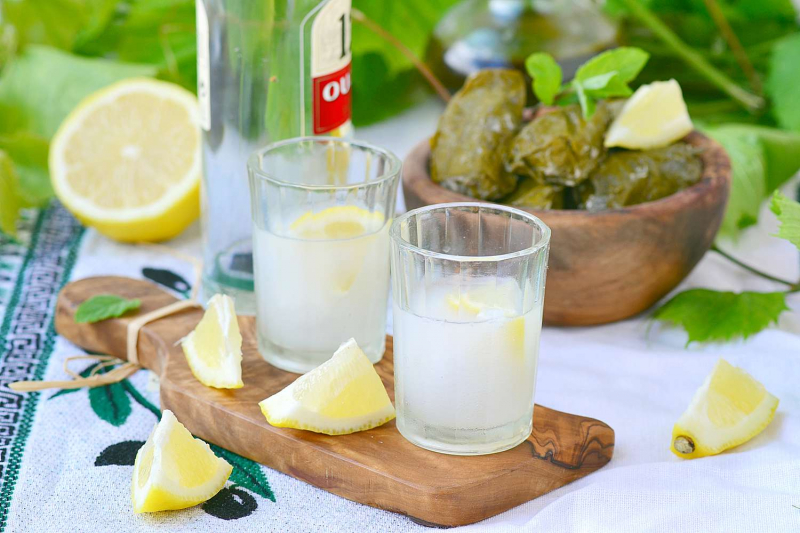
The Spruce Eats 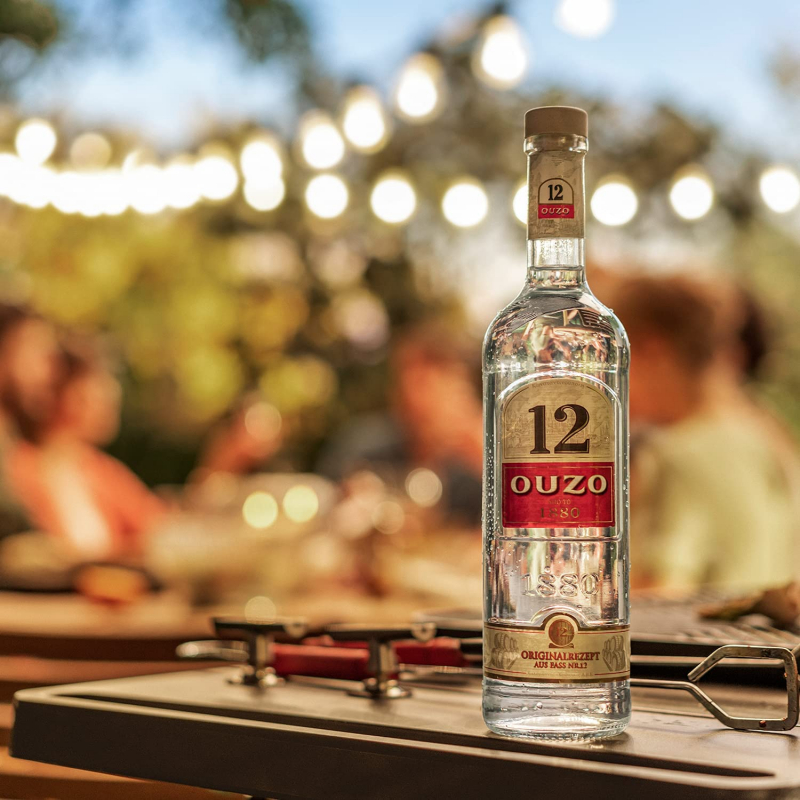
Amazon UK -
The traditional juniper-flavored alcoholic beverage known as jenever is popular in the Netherlands, Belgium, and neighboring regions of northern France and northwestern Germany. Genever, which is also spelled "jenever," is described by Palmer as "a sweeter, maltier ancestor of gin that tastes like returning in time." For full authenticity, this Dutch-born beverage, which is distilled using malt wine and juniper, can only be produced in Holland and Belgium.
There are two varieties of jenever: jonge (young) and oude (old). This has more to do with distilling methods than aging. Around 1900, it was possible to distill a premium sort of alcohol that was practically flavorless, regardless of the spirit's place of origin. In Scotland, blended whisky was developed, and in the Netherlands, Jonge Jenever, due to a global trend toward a lighter, less overpowering flavor and lower prices.
The flavor of jonge jenever is similar to that of vodka, and it has a faint juniper and malt wine scent. The flavor of oude jenever is smoother, more fragrant, and maltier. Sometimes aged in wood, oude jenever has a whisky-like flavor profile of malt, wood, and smoke. Different grains used in the production process, including rye, barley, wheat, and spelled, result in various flavors of jenevers. The taste is sometimes enhanced by adopting barrels previously used for American whiskey.
Origin: Netherlands and Belgium
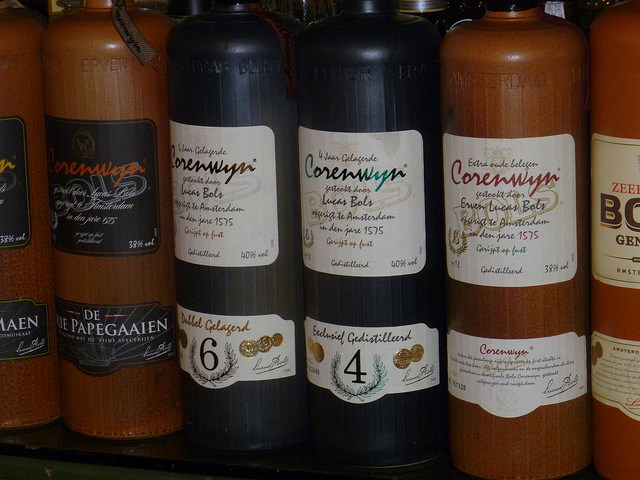
Eating Europe 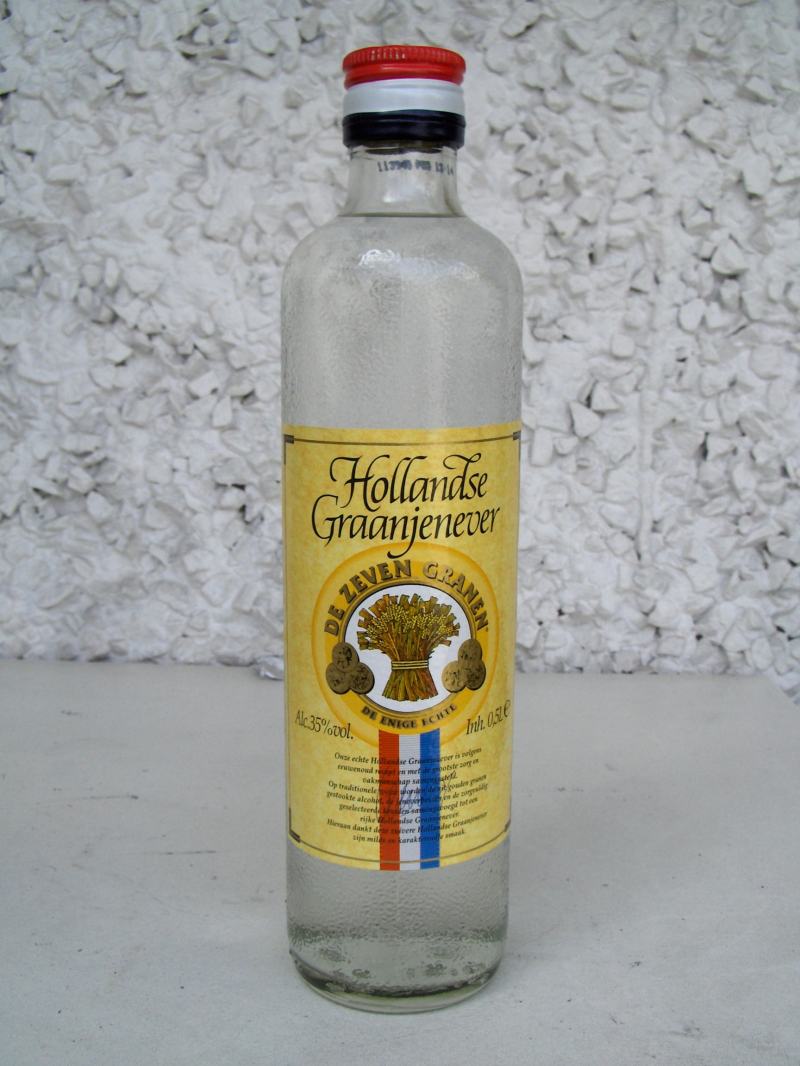
Wikipedia -
Advocaat is a liqueur from the Netherlands, but in Germany, they call it Eierlikör. It is known to be thick and creamy and tastes like custard, similar to eggnog.
The majority of the time, brandy serves as the base, and egg yolks and a sizable amount of granulated sugar are then added. For added complexity, some producers choose to add extra spices to the blend. According to legend, the Advocaat may simply be the Dutch term for avocado with a new name. Also thought to have originated in Suriname and Recife, the original Advocaat recipe calls for avocados. Due to a lack of avocados in the Netherlands, avocaat with eggs became popular.
Advocaat is available in several English-speaking nations. Although it typically has a 15% ABV, some regions of Europe make it 40-proof. Although some people choose to mix it to make cocktails, you can drink it by yourself. Examples like Snowball and Fluffy Duck are excellent.Origin: Netherlands
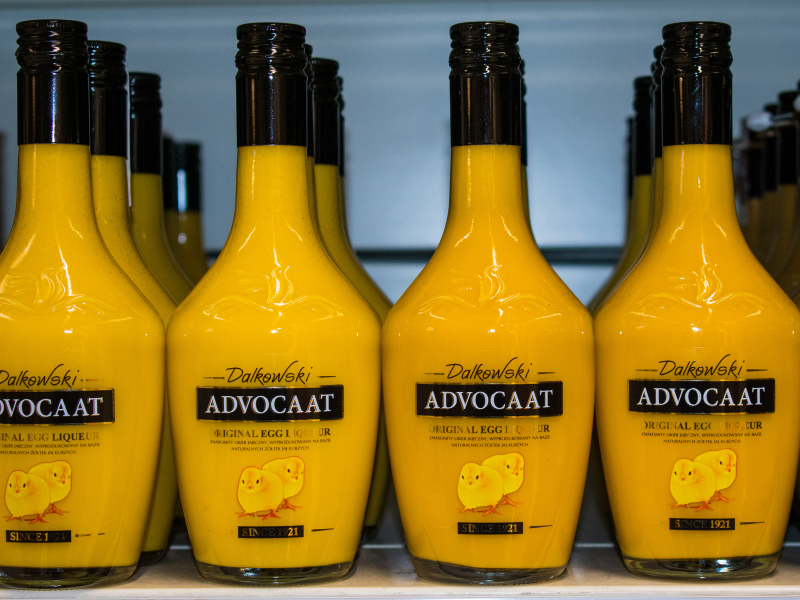
TasteAtlas 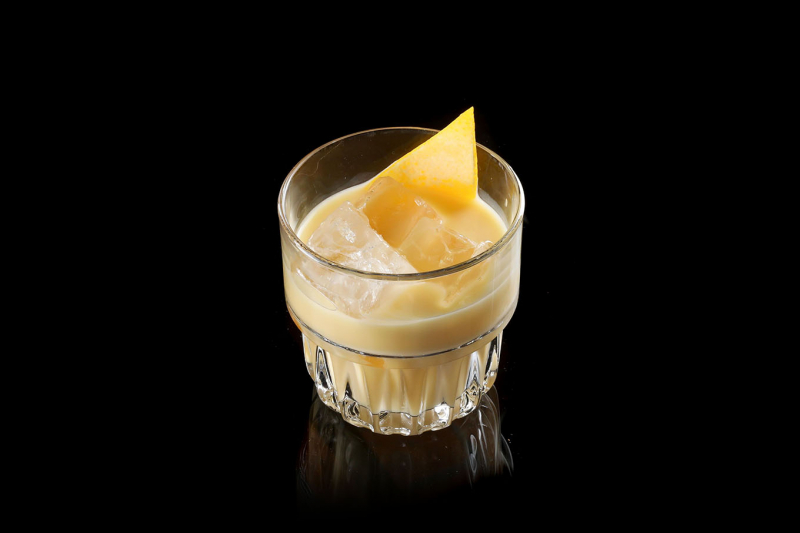
Difford's Guide -
Cynar is an amaro-style bitter aperitif from Italy. The drink gets its name from the artichoke (Cynara scolymus), one of 13 herbs and plants that make up its composition. Cynar is 16.5% ABV strong, dark brown in color, and has a bittersweet flavor. In 1952, it was introduced in Italy.
This bitter liqueur, which originates from Termoli, was initially introduced in 1952 by Angelo Dalle Molle. It is made by cold infusing 13 herbs and plants, the flavor of which is predominately contributed by artichokes. To get the extract to the appropriate strength of 16.5% ABV, it is then combined with sugar, alcohol, and water.
Cynar is a low-sugar, low-alcohol apéritif that can be drunk on its own or in a variety of drinks to increase appetite. One of these drinks contains soda and cynar (mixed with soda water and lemon or orange slice, or with cola, eggnog, tonic water, milk, or bitter lemon soda). Particularly in Switzerland and Southern Germany, where Cynar and orange juice are fairly common pairings, Europeans frequently mix it with orange juice.
Cynar can work well in cocktails and is sometimes used in place of bitters because of its nuanced bittersweet undertones. It is typically consumed as an aperitif or digestif, especially over ice or blended with soda, orange juice, or tonic.
Origin: Italy

Bon Appetit 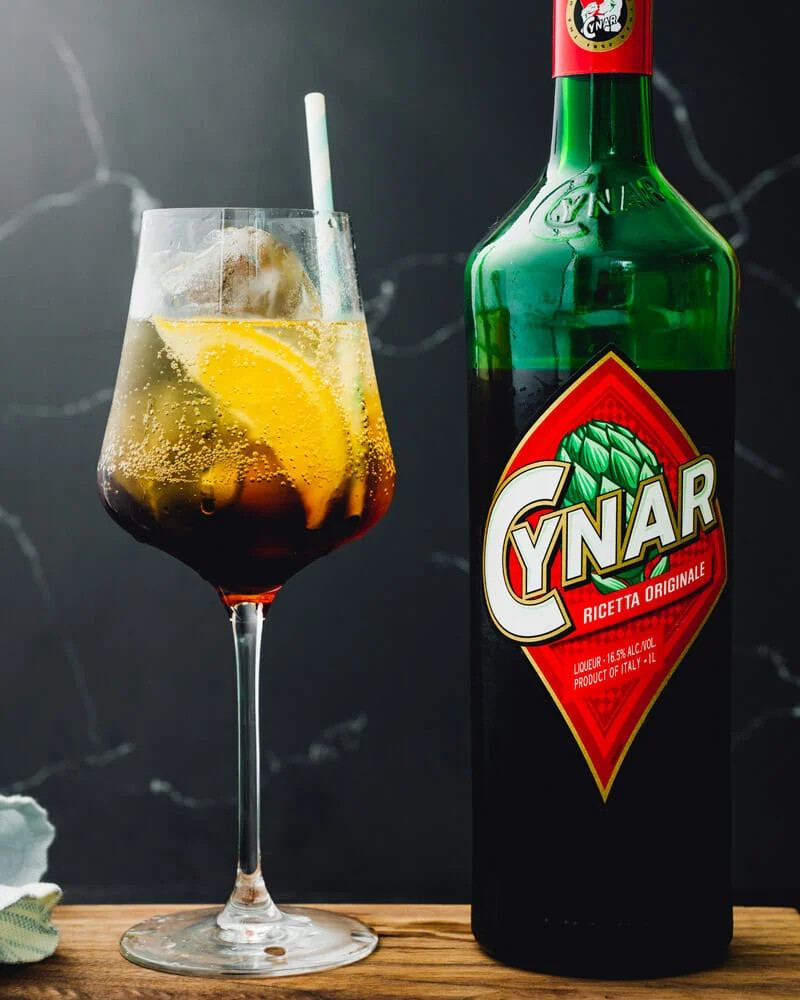
A Couple Cooks -
The Underberg digestif bitter is made in Germany at Rheinberg by the Underberg AG. It is prepared using a secret recipe created by the Underberg family, whose members are personally in charge of the drink's manufacture, using aromatic herbs that are inspected from 43 different nations. Underberg contains 1.3 percent herbal extract by weight, which comprises naturally occurring vitamin B1, fragrant, digestion-stimulating, calming, and relaxing active ingredients. For several months, the beverage ages in Slovenian oak barrels to improve flavor.
The 43 plants used to make this German herbal liqueur are aromatically extracted to create a drink that is amber in color, herbaceous, and has undertones of spices and licorice. The base is then aged in oak barrels before its alcohol by volume (ABV) is adjusted to 44% using fresh spring water. Only the Underberg family members are aware of the original recipe, which dates back to 1851 and is still used to make Underberg today.
Traditionally served in distinctive tall glasses, the beverage is relished as a digestif. It is offered for sale in 20ml bottles with copyright that are wrapped in straw paper.
Origin: Germany
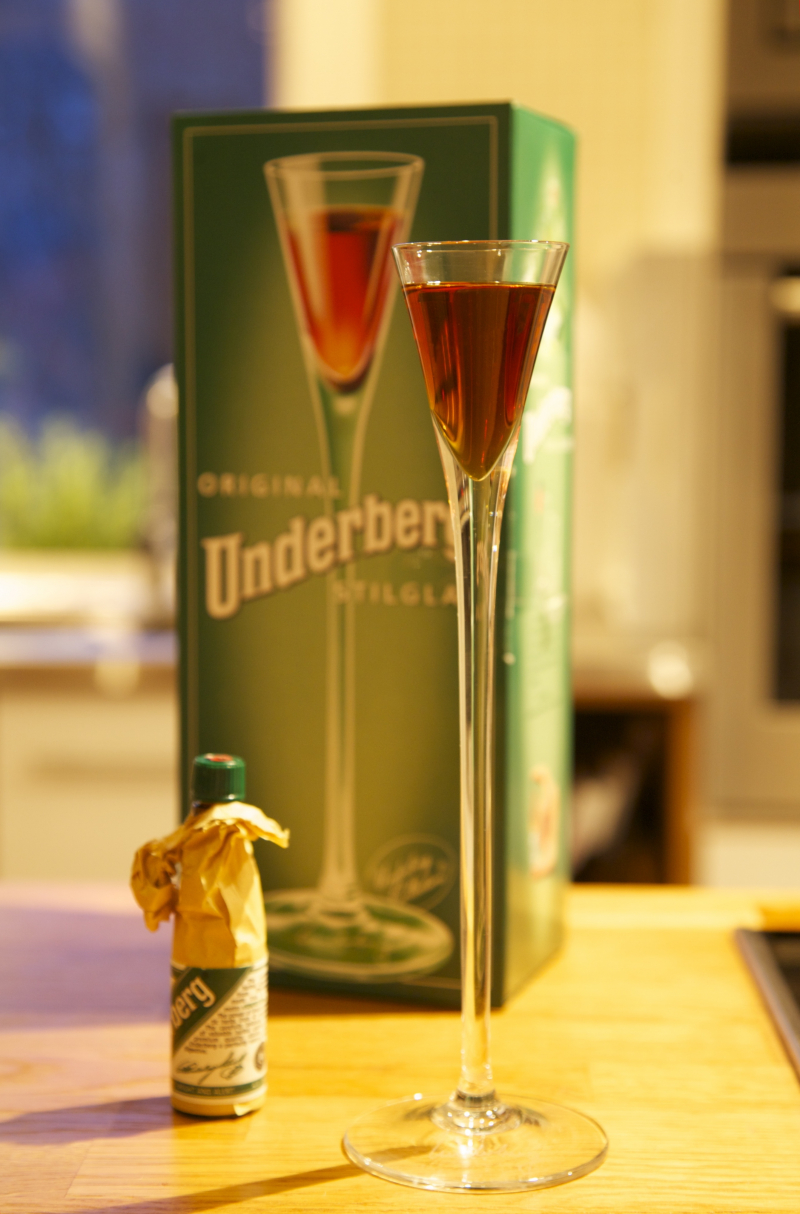
Wikipedia 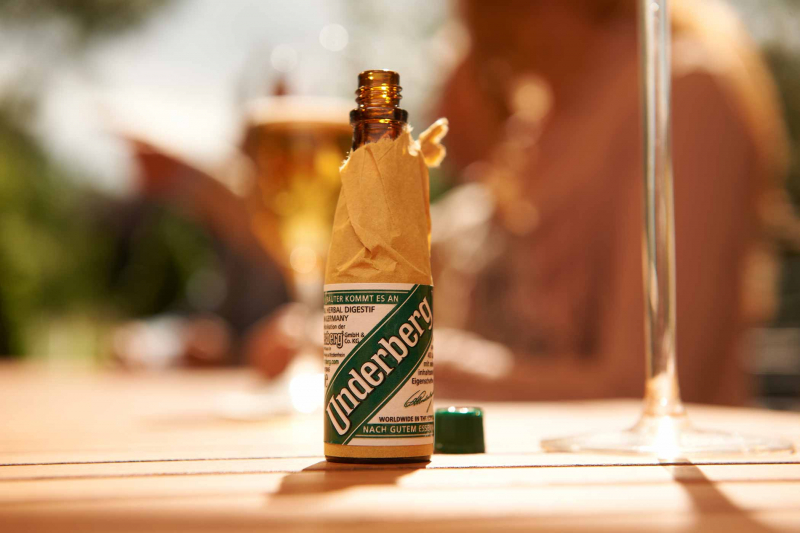
Hop Culture -
The beverage is frequently marketed under the name Cacique, which is the most well-known brand. Guaro is normally bottled at 35% ABV and is best sipped unadulterated, however, it also goes well with soda, soft drinks, and fruit juice. Salt and lemon are optional.
The alcoholic beverage guaro is produced all over Latin America. It is a clear liquid that is distilled from sugar cane juices and tastes a little bit sweeter than other liquors. Guaro is regarded as the national beverage of Costa Rica, where production is regulated to prevent illegal homebrewing. Although 70-proof and 80-proof versions have recently been produced, the standard strength is 60 proof, or 30% alcohol. It is popular in Colombia, Costa Rica, Ecuador, El Salvador, Guatemala, Honduras, Nicaragua, and Panama, although in many places the word "guaro" can refer to almost any liquor.
The name "guaro" came from Central America. Colombians call it aguardiente. Sometimes it is referred to as a "soft vodka" because it has a lower alcohol content than vodka.
Origin: Costa Rica
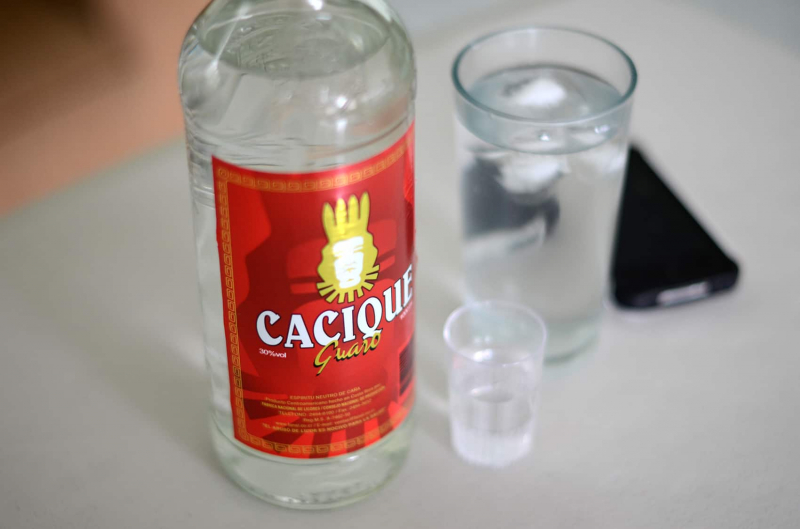
Tico Times 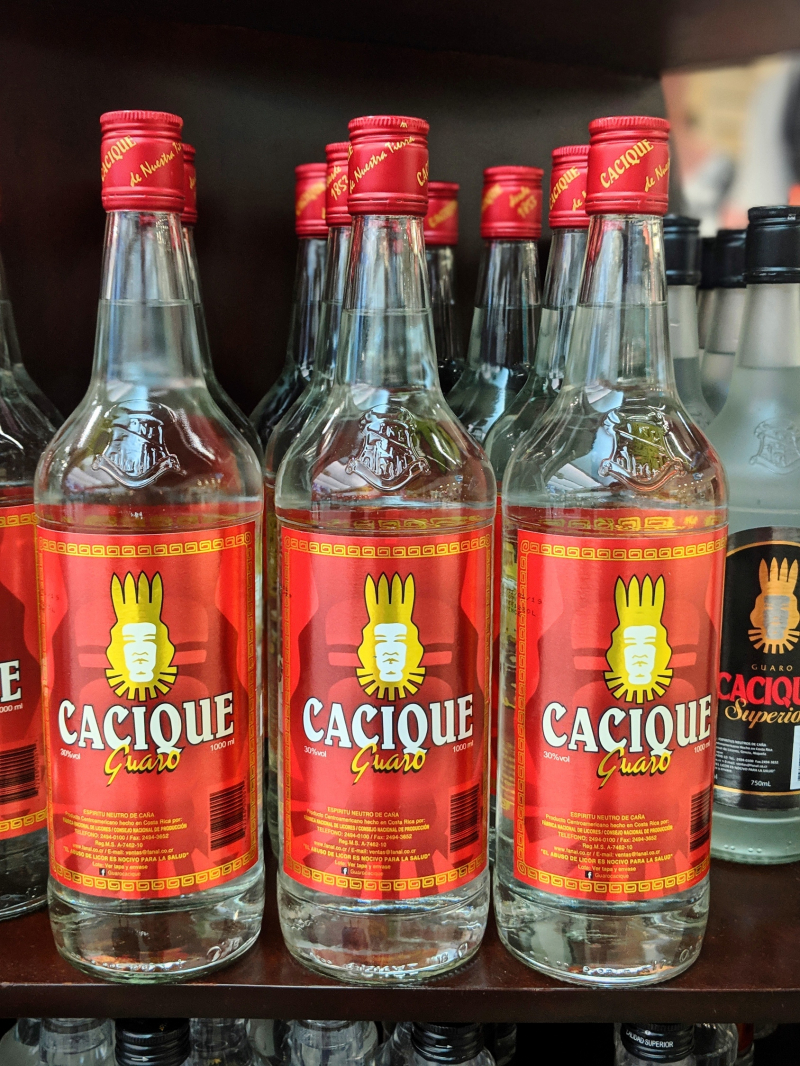
Bacon Is Magic -
A strong, fruity spirit with notes of citrus and tropical fruit, cashew feni has a distinctive scent that is delicately sweet. Although it is typically consumed as a shot, it is advisable to mix it into long drinks with lemon to get used to its acquired taste.
The second or third distillation of the cashew fruit is used to create this potent Indian spirit. Although there are two varieties of feni - one made from fermented coconut palm toddy and the other from cashew fruit - the cashew variety is regarded for its high quality and has been given Geographical Indication, which limits its production to Goa.
Feni can be consumed plain, over ice, or combined with juices to make traditional cocktails. A lime slice can be added, and sugar or sugar syrup, which are common additives, can also be given with it. Feni is used in cooking in a variety of ways, including as the base for the well-known Vindaloo curry and as a marinade for pork with garlic, ginger, Indian spices, and vinegar.
Origin: India
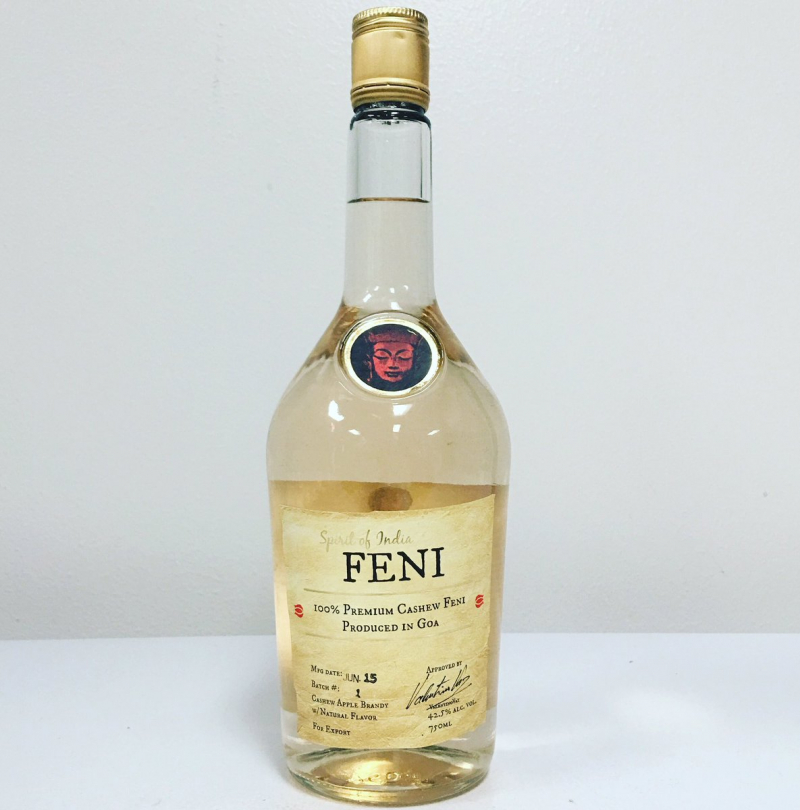
Twitter 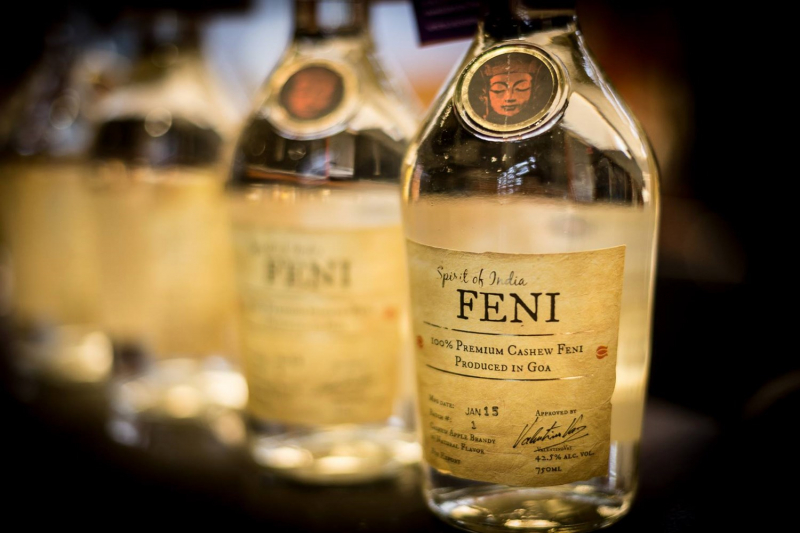
Goa Villa -
Orujo, a traditional Spanish pomace brandy, is popular all over the nation but is most frequently associated with northern Spain, including Galicia, León, and Asturias. Orujo is a powerful, clear spirit that typically contains between 40 and 50 percent alcohol.
Remains from making wine are the main component of orujo. The orujos, or leftover grape pieces, can be used to make the liquor after the grapes have been crushed. In closed vats, the grape skins, seeds, and stalks are fermented before being distilled.
The beverage may occasionally be aged or infused with other flavors, including herbs and fruits. Locally known as chupito, it is typically served in shot glasses and is best appreciated as a digestif, which is supposed to be sipped slowly. In the past, it was primarily made at home, but recently, a lot of orujo brandies made in factories have entered the market.
Origin: Spanish
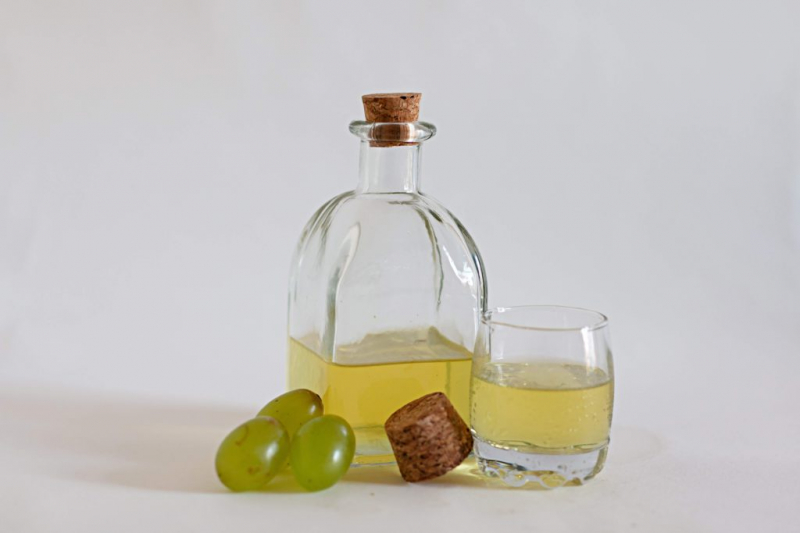
Spanish Liquors 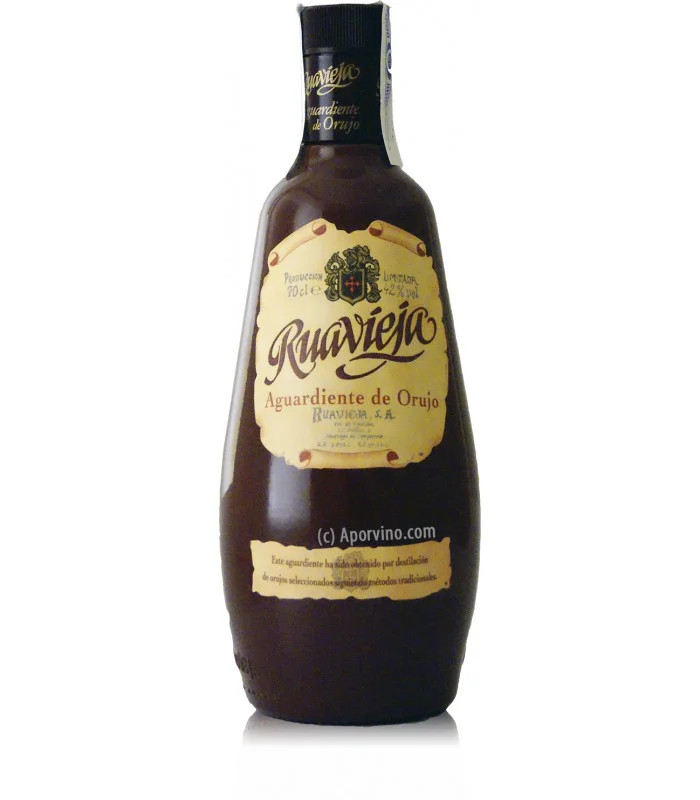
AporVino






















